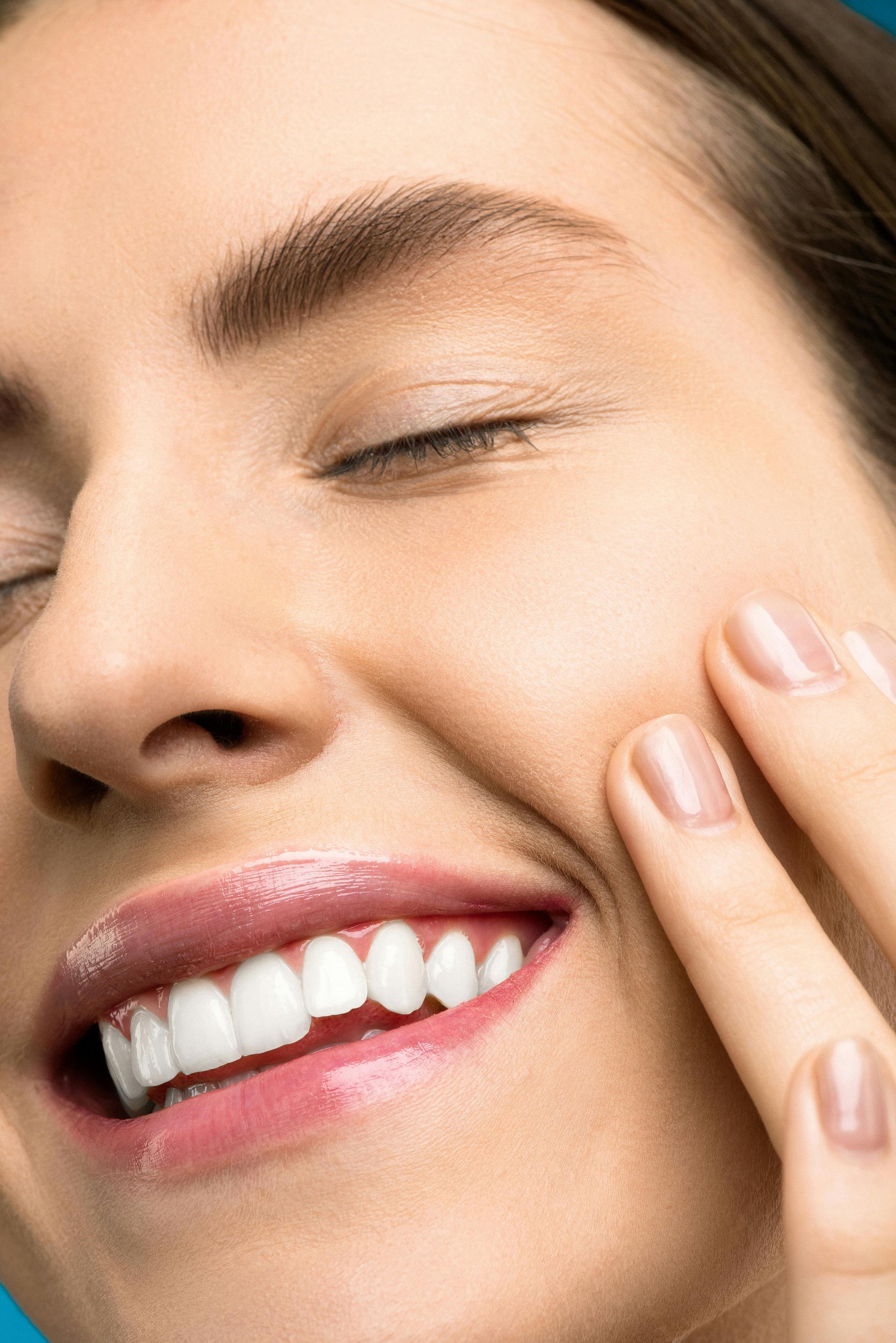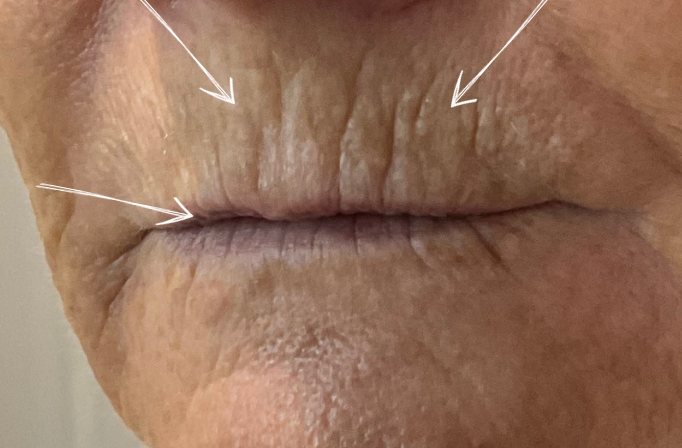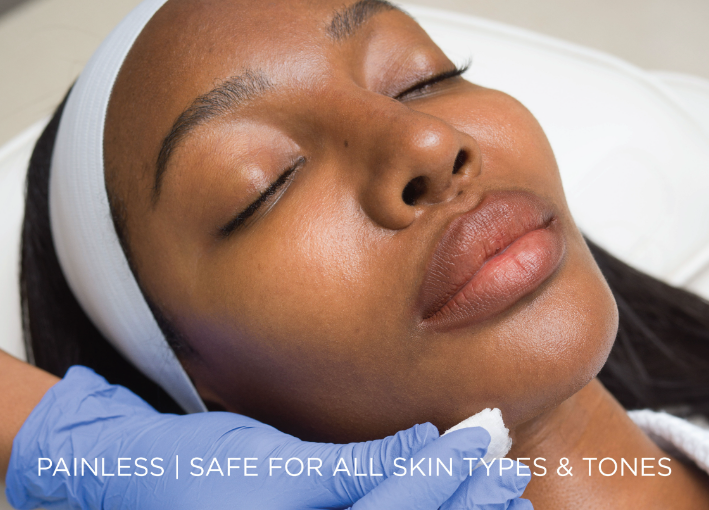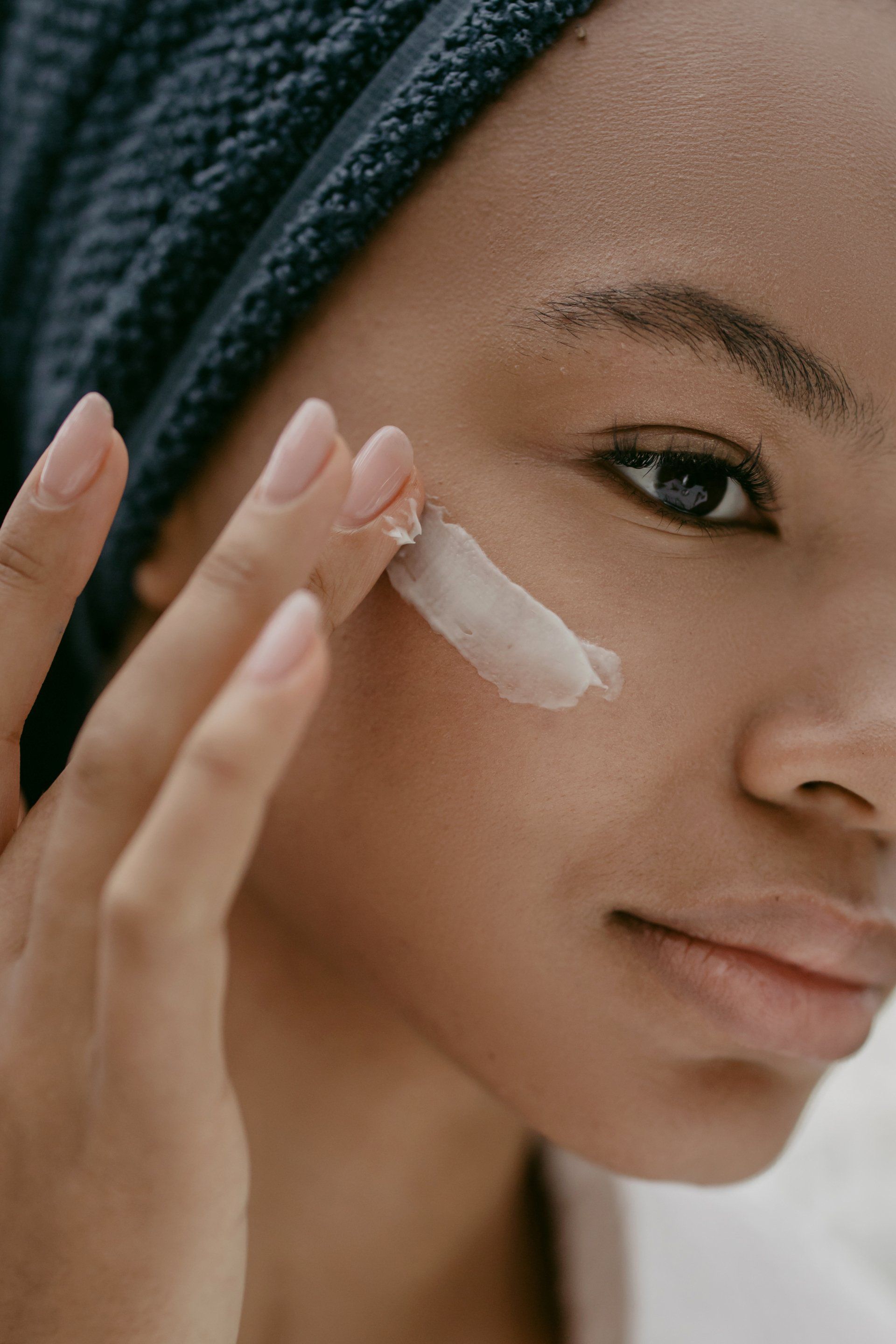Is it Safe to Dermaplane at Home? Here's your Comprehensive DIY Dermaplaning Guide
Dermaplaning has become a buzzword in the world of skincare, promising smoother, brighter, and healthier-looking skin. As a non-invasive exfoliation technique, it’s ideal for removing dead skin cells and fine vellus hair (peach fuzz), making it a popular choice for those seeking a glowing complexion. In this blog post, we’ll explore how to perform dermaplaning safely at home, the ideal tools to use, step-by-step guidance, safety precautions, risks and benefits, contraindications, and alternatives for those seeking professional treatments and enhanced results- Dr KAUR
What is Dermaplaning?
Dermaplaning is a manual exfoliation technique that uses a sterile surgical blade to gently remove the outermost layer of dead skin cells and fine hair. The result is an instantly smoother and more radiant complexion. This treatment not only improves skin texture but also allows for better absorption of skincare products and creates a flawless canvas for makeup application.
How to Perform Dermaplaning Safely at Home
If you’re considering dermaplaning at home, it’s crucial to follow a safe and effective technique. Here’s a step-by-step guide for dermaplaning:
1. Cleanse Your Skin Thoroughly:
Start with a thorough cleanse to remove makeup, oil, and dirt from your face. Use a gentle cleanser suitable for your skin type to ensure your skin is free from impurities.
2. Prepare Your Tools:
Choose a dermaplaning tool designed for at-home use. Avoid using professional-grade surgical scalpels unless trained.
Sterilise the blade with rubbing alcohol before and after each use to minimise the risk of infection.
Change the blade regularly to ensure it remains sharp and hygienic.
3. Ensure a Dry, Taut Surface:
Pat your skin completely dry. Hold your skin taut with one hand to ensure a smooth surface.
4. Hold the Blade at a 45-Degree Angle, Pointing Downwards:
Gently place the blade against your skin and use short, feathery strokes downward. Avoid horizontal or back-and-forth movements.
Start from the top of your cheek and move downward, working in small sections.
5. Avoid Sensitive or Compromised Areas:
Steer clear of areas with active acne, open wounds, or very sensitive skin. Do not dermaplane over irritated or inflamed skin.
6. Hydrate and Protect Post-Treatment:
Apply a soothing, hydrating serum or moisturizer immediately after dermaplaning to calm the skin. Use sunscreen daily to protect your freshly exfoliated skin from UV damage.
Ideal Instruments for Dermaplaning
Choosing the right tools is critical for safe and effective dermaplaning:
- At-Home Tools:
- Single-use dermaplaning razors designed for personal use are ideal.
- Avoid using surgical scalpels at home, as they carry a higher risk of trauma, scarring, and improper handling.
- Professional Instruments:
- Surgical scalpels like the #10 or #14 blade are used in clinical settings by trained practitioners.
Safety Precautions for Dermaplaning
To minimise risks such as infection or irritation, adhere to these safety tips:
- Sterilise Tools: Always use a new or sterilised blade. Wipe the blade with alcohol wipes before and after use to prevent bacteria buildup.
- Work in a Well-Lit Environment: Good lighting ensures precise movements and reduces the risk of nicks.
- Avoid Aggressive Pressure: Light, controlled movements are key to avoiding irritation.
- Patch Test: If you have sensitive skin, patch test on a small area before full treatment.
- Replace Blades Regularly: A dull blade increases the risk of skin damage and irritation.
Risks and Benefits of Dermaplaning
Benefits
- Exfoliation: Removes dead skin cells to reveal smoother, brighter skin.
- Improves Skin Texture: Reduces the appearance of fine lines and uneven skin tone.
- Better Product Absorption: Enhances the effectiveness of serums and moisturisers.
- Peach Fuzz Removal: Creates a flawless base for makeup application.
Risks
- Skin Irritation: Improper technique or overly sensitive skin can lead to redness or irritation.
- Risk of Infection: Using non-sterile tools increases the likelihood of infection.
- Temporary Redness: Especially common in individuals with reactive skin.
- Nicks or Cuts: Using a dull or improperly handled blade can cause minor injuries.
Who Should Avoid Dermaplaning?
While dermaplaning is suitable for most skin types, certain conditions make it inadvisable, including:
- Active Acne: Dermaplaning can spread bacteria, worsening breakouts.
- Very Sensitive Skin: May exacerbate redness and irritation.
- Active Cold Sores: Can spread the virus and worsen the outbreak.
- Recent Sunburn: Compromised skin is more prone to damage.
- Before a Chemical Peel: Combining dermaplaning with a peel too soon can lead to over-exfoliation and irritation.
- Rosacea or Eczema: These conditions may flare up with dermaplaning.
Alternatives to Dermaplaning
If dermaplaning isn’t suitable for your skin type, chemical exfoliation offers an excellent alternative. Using Alpha Hydroxy Acids (AHA) and Beta Hydroxy Acids (BHA), these treatments can address similar concerns such as uneven texture, clogged pores, and dullness. However, they do not have the added benefit of peach fuzz removal.
- AHA: Glycolic and lactic acids gently exfoliate the surface, improving texture and tone. Lactic acid is suitable for dry or sensitive skin.
- BHA: Salicylic acid penetrates deeper into pores, making it perfect for oily and acne-prone skin.
- Recommended Product: Obagi Pore Therapy, a medical-grade BHA treatment, is available through our clinic. It’s formulated to reduce pore appearance, clear congestion/acne breakouts, and refine skin texture effectively. Obagi also has a range for sensitive/ dry skin.
In-Clinic Treatments for Enhanced Results
For those seeking more dramatic improvements, in-clinic chemical peels are a powerful option. These treatments can amplify the benefits of at-home exfoliation and address more persistent skin concerns.
Superficial Chemical Peels
- Example: Obagi Blue Peel Radiance.
- Purpose: Targets the outermost layer of skin for a brighter, more even complexion.
- Benefits: Reduces pore appearance, and acne breakouts, improves texture with minimal downtime.
- Ideal for: Patients seeking quick surface level results with little recovery time.
Medium-Depth Chemical Peels
- Example: VI Peel Range.
- Purpose: Penetrates deeper into the skin for comprehensive results.
- Benefits: Treats hyperpigmentation, acne + acne scars, and moderate wrinkles more effectively than superficial peels.
- Downtime: Includes visible peeling for 5–7 days but delivers more dramatic results.
Comparing Results
- Multiple sessions of superficial peels may be required to achieve results comparable to a single medium-depth peel.
- These treatments are ideal for individuals who cannot tolerate dermaplaning or want to enhance the outcomes achieved with at-home chemical or mechanical exfoliation techniques including dermaplaning.
Final Thoughts
Dermaplaning is a versatile and effective exfoliation technique that’s easy to do at home with the right tools and precautions. For those with contraindications or looking to boost their results, chemical exfoliation and in-clinic treatments offer compelling (and in some cases safer) alternatives. Whether you’re addressing enlarged pores, uneven skin tone, skin dullness, active acne or scarring, our clinic offers personalised solutions, including medical grade and prescription skincare plus chemical peels. Schedule a consultation today to start your journey towards radiant, glowing skin!
Contact our clinic
to learn more about treatments we have on offer and schedule your consultation today.
Our cosmetic doctors in Harborne, Birmingham, also take great pride prioritising continuity of care and are dedicated to delivering natural-looking results. Schedule a consultation with our clinic and experience the expertise and personalised care that sets us apart.
